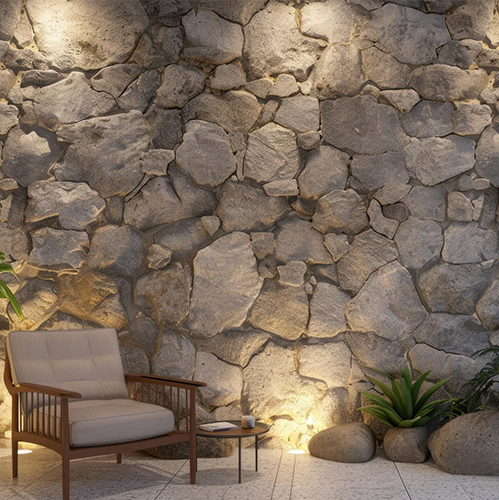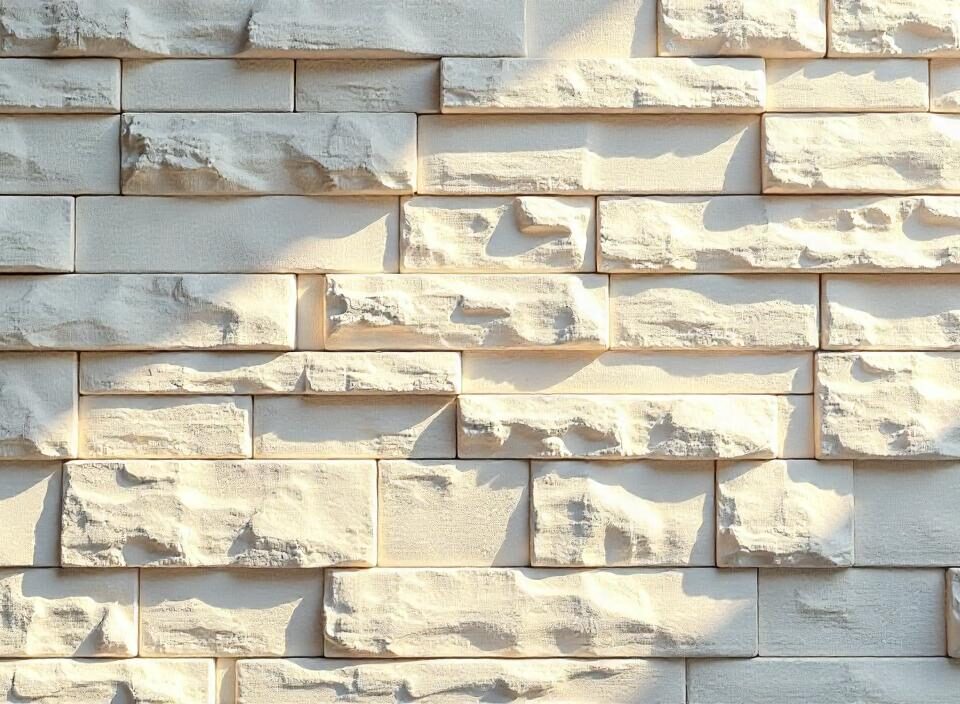The Ultimate Guide to Stone Wall Cladding: Installation Steps and Tips
Stone wall cladding is a technique most preferred in designing mostly to give walls strength and an attractive outlook. It refers to the fixing of a natural or artificial stone veneer on the external or interior of the building and at that same time adds aesthetic value to the structure and serves as a protective skin and insulating layer. Awareness on how Natural Stone Wall Cladding is done can assist anyone interested in using this technique when designing or constructing his or her home.
The Procedure of Stone Wall Cladding
Preparation and Planning
Preparation is always the primary stage of any stone wall cladding plan regardless of the size of the project. This ranges from the choice of the type of stone to be adopted in the construction. Natural stone cladding has many shades and distinctions in the surface profile and texture, whereas the manufacture stone has fewer colors, weighs lesser, and is often easier to work with.
The following step after the determination of the stone type is to have appropriate measurements done on the area that is to be clad so that an accurate determination of materials to be used can be made. Some of these aspects that should be considered include the surface profile intended load and moisture management with respect to the wall so they do not experience structural damage later. Hence, good waterproofing for exterior walls is extremely important due to water seepage that causes formation of molds, and degrades the walls.
Surface Preparation
It is, therefore, essential to prepare the surface well in order to ensure a good stone cladding job is done. Drywalls as brick, concrete, or cement walls; the surface to be painted is washed down vigorously to eliminate dust, grime or other loose substances. If the wall is so painted, it may be necessary to strip the paint off to have a rough surface for appropriate adherence. Very occasionally a metal mesh is placed onto the wall to provide the mortar with a purchase so that there is good keying between the stone and the wall.
Applying Mortar or Adhesive
The next comes preparing the other side of the roof slab involves putting a layer of mortar or a specific stone adhesive on the prepared surface. Different stones require the use of different mortars; the usual cement mortar is used for cement, sand, and water for stones while specially engineered adhesive is used for cladding stones. The thickness of this medullary layer is critical in terms of conformation and durability when in use. It must be thick enough in order to set the stones properly but not too thick that it might give uneven surfaces.
Placing the Stones
Once the mortar or adhesive is in place, the stones are placed into the wall with much attention paid to the process. Basic work comes as a normal course of action as it is normal to start from the bottom then build up. Every stone should be laid and pressed so that it has little movement on the mortar bed. Rejected stones can be put aside temporarily and spacers may be inserted between stones so that equal spaces are left for grouting.
Some of the other options include random, stack, or ashlar joints you might consider for your particular project. The pattern should harmonize it with the general layout of the building and the kind of stone used in construction. Professionals always use much time when placing this step so that the stones are appropriately leveled and the joints are well placed.
Grouting
If they are laid stones and the mortar has hardened, the spaces between the laid stones are filled with grout. Grouting covers the joints and we get a neater finish while it also prevents water from seeping into the wall. This material is applied to the joint by means of a trowel, while too much material is removed by scraping to achieve a smooth surface. In this case, the grouting may not be recommended especially where the stones are placed close without any space in between.
Finishing Touches
After the grout has set, then the surface is swept to clear any mortar or grout which might be remaining on the floor. Finally for the stones used in exterior cladding, they may be sealed a final time. This protection layer aids in boosting the strength of water resistance, dirt, and stain of the stones thus improving the lifespan of the cladding. Sealing is especially necessary for natural stones that have porous surfaces, for example, sandstone which is able to absorb water as it ages.
Aspects of Structure and Design That Influence Wall Cladding
This is because stone wall cladding can be accomplished by a variety of stones with different texture, color, and characteristics. Some of the commonly used stones include:
- Granite: There are so many benefits that people like to use granite when it comes to the place’s outer layer.
- Sandstone: Has a natural warm appearance during application and is suitable for interior and exterior use.
- Slate: Recognised for its dark coloured wood possessing a natural cleft finish which is perfect for contemporary home designs.
- Marble: Marble as a material is fine and sleek and is often used for interior wall cladding of homes and businesses.
- Limestone: It is given a soft natural exposure; commonly applied in traditional buildings or classical architecture.
Advantages of having Stone Wall Cladding
There are many advantages and benefits for using stone wall cladding. This means it improves the looks of the building, provides insulation, as well as safeguards the wall from the effects of rain and UV radiation. It is also very strong, and is therefore suitable for both internal and external walls. Anyway, stone cladding can help in raising property value since it gives out a premium feel.
Lastly, wall cladding with stones also requires a lot of preparation, proper installation, and good planning. When rightly done, it brings a lot of aesthetic value to any built structure. Anyone in the process of desiring an outlook of natural or manufactured stones to their buildings, whether residential or commercial buildings, should ensure they work closely with professionals. Firms such as The Stone Evolution provide quality services in stone cladding to give the best touch to any company.


